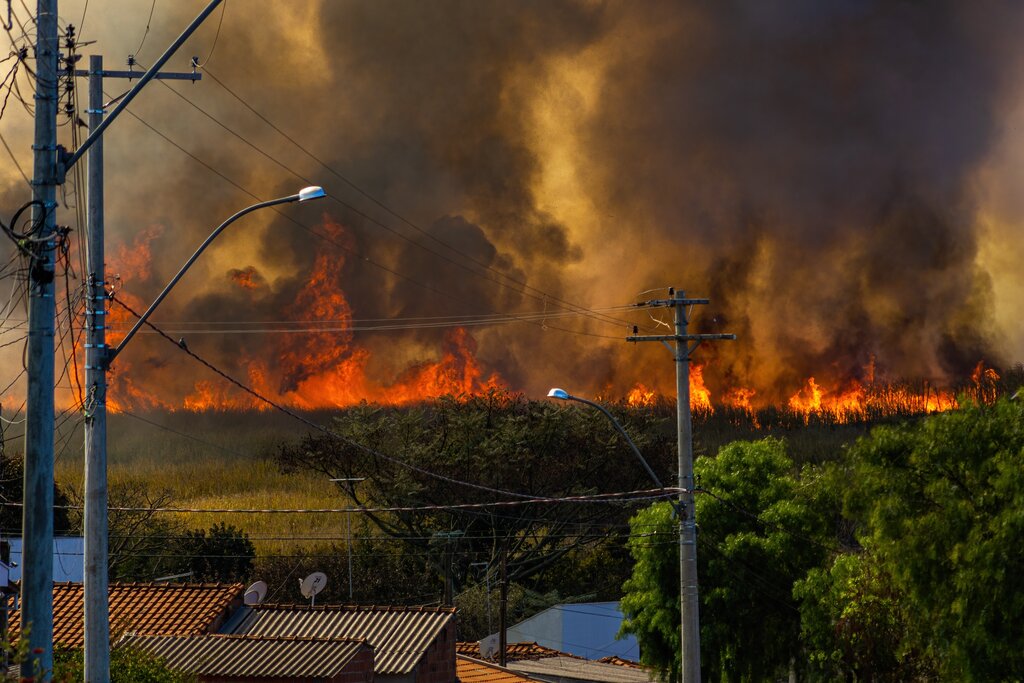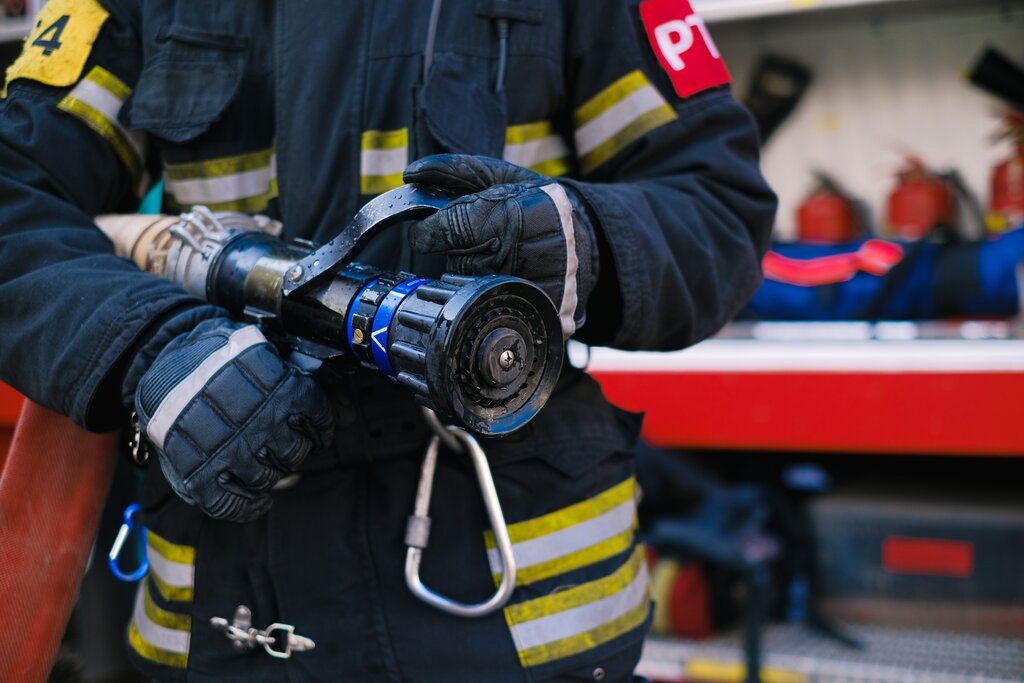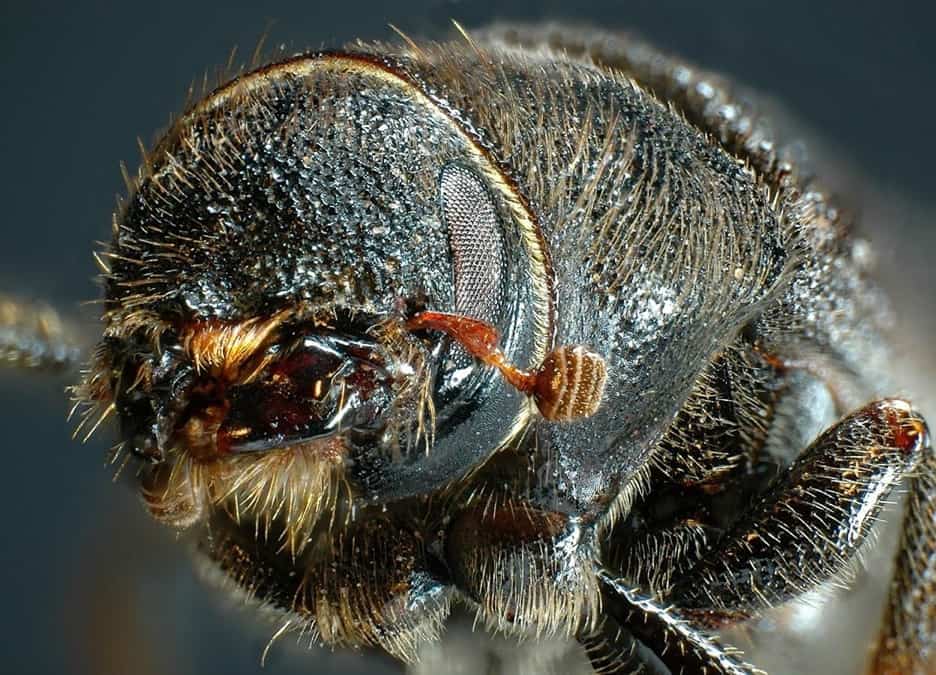
Dense, beetle-killed timber in the Routt National Forest on the southern Wyoming state line severely hampered the efforts of wildland firefighters.
Downed Trees Hampering Firefighters’ Efforts
The so-called Beaver Creek Fire, located about 25 miles north of Walden, Colorado, burned more than 37,000 acres. Full containment is not expected until the end of October.
According to local fire officials, a total of 278 firefighters including five crews, 24 engines, two bulldozers, four helicopters, two fixed air tankers and an air attack plane worked to extinguish the blaze. At least 12 buildings burned as firefighters were forced to fall back to safety zones in the face of wind-driven flames and erratic fire behavior.
Direct Approach Too Dangerous
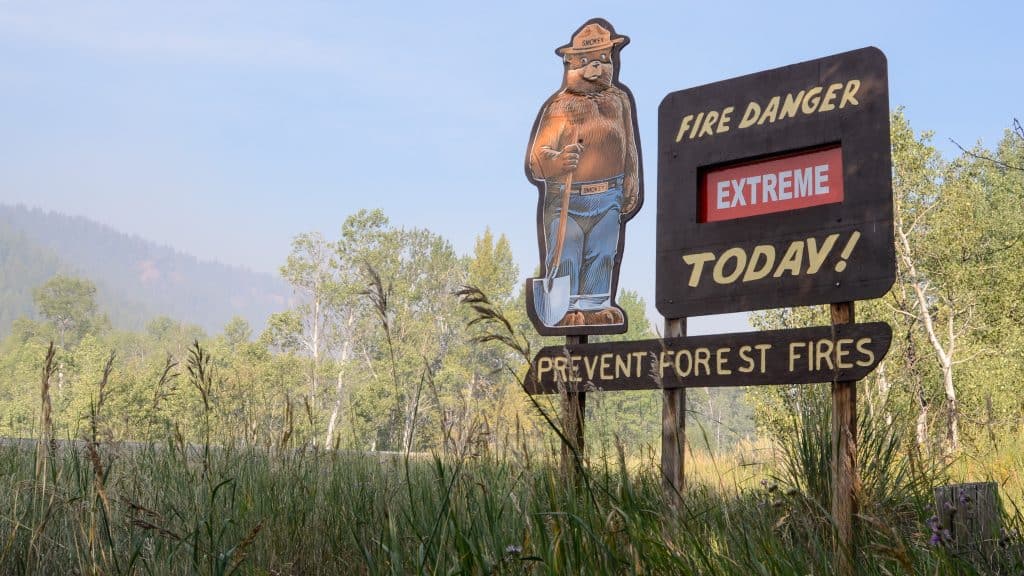
Hot, dry and unstable weather has also been a significant factor, with relative humidity dropping to 10-12 percent in the fire area. And because of the nature of the fuel, direct attack by ground crews was simply too dangerous an undertaking in most areas.
According to InciWeb, “The bug-infested trees are subject to blowing over, contributing large amounts of down timber and providing fuel for extreme fire behavior… making the timbered areas unsafe for firefighters. This is a full suppression fire utilizing both ground and aerial assets.”
“Direct suppression just isn’t an option in a lot of areas.”
Aaron Voos, Spokesman for the Atlanta National Incident Management Organization
Unfortunately, gusts from helicopter rotors only caused more trees to fall, according to a “Lessons Learned Report” published by the agency in July. An indirect approach to containing the fire became essential when initial attack crews felt radiant heat from flames a half a mile away.
As a result, firefighters have instead fought the blaze by removing fuels, wrapping buildings, laying hoses and sprinklers around the structures, and strategically burning out around buildings in advance of the fire.

Know Your Enemy
The primary culprit in this destructive conflagration is the devastating mountain pine beetle. The Wyoming-Colorado forests are among those hardest hit by this pest.
Both public and private lands in Colorado and Wyoming are experiencing an epidemic of pine beetle infestation. More than 1.5 million acres of forest in northern Colorado and southern Wyoming have been affected by this epidemic, which was triggered by an extended drought in the late 1990s and early 2000s.
Beetles have killed off nearly all of the mature lodgepole trees in northern Colorado and southern Wyoming. According to the US Forest Service, besides affecting watersheds, future timber production, wildlife habitat, recreation sites, transmission lines, and scenic views, beetle-killed trees also present a fuels build-up situation that could result in catastrophic wildland fires.
U.S. Forest Service Facts
- Mountain pine beetles are killing pine and spruce trees throughout the Rocky Mountains and western U.S. at an unprecedented rate.
- Extended droughts, warm winters, and old, dense forests have enabled this epidemic to become vast.
- Although bark beetle outbreaks are natural, the current outbreak is a major threat to regional economics and public safety.
- The mass of dead trees following beetle epidemics create severe falling and fire hazards.
- This infestation cannot be stopped. The Forest Service and numerous partners are working to reduce hazards in affected areas and to promote healthy forests in areas that have not yet been impacted.
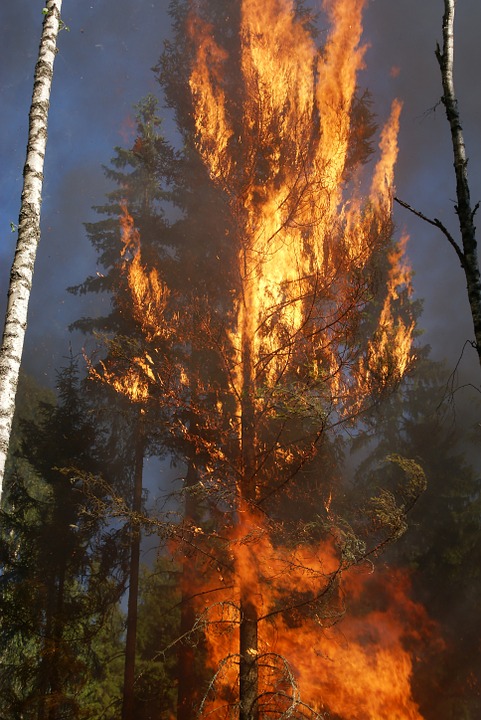
May Burn Until Snowfall
The cause of the Beaver Creek Fire, which was sparked on June 19 and is expected to continue at least through October, is still unknown.
“Direct suppression just isn’t an option in a lot of areas,” said Aaron Voos, a spokesman for the Atlanta National Incident Management Organization. “Due to the indirect approach we are using on a lot of the areas, it could be smoldering up until we get some sort of snow late in the fall or early winter.”
Sources:
Featured Image: Creative Commons Photo by Simon Fraser University

